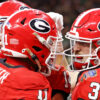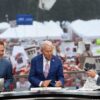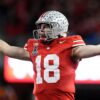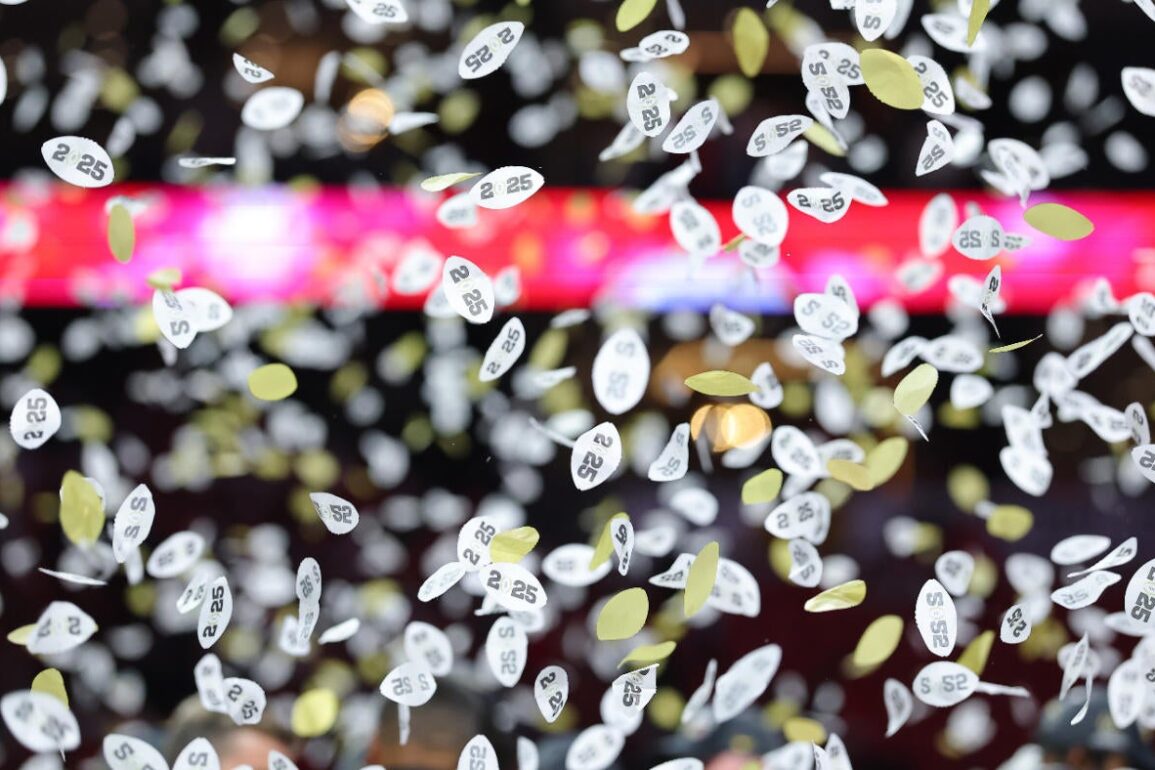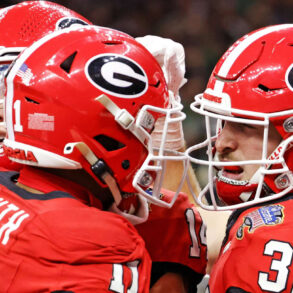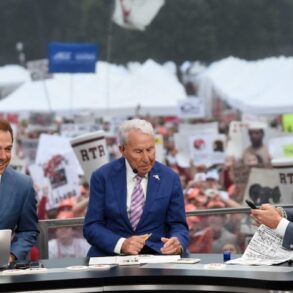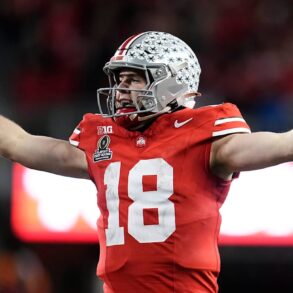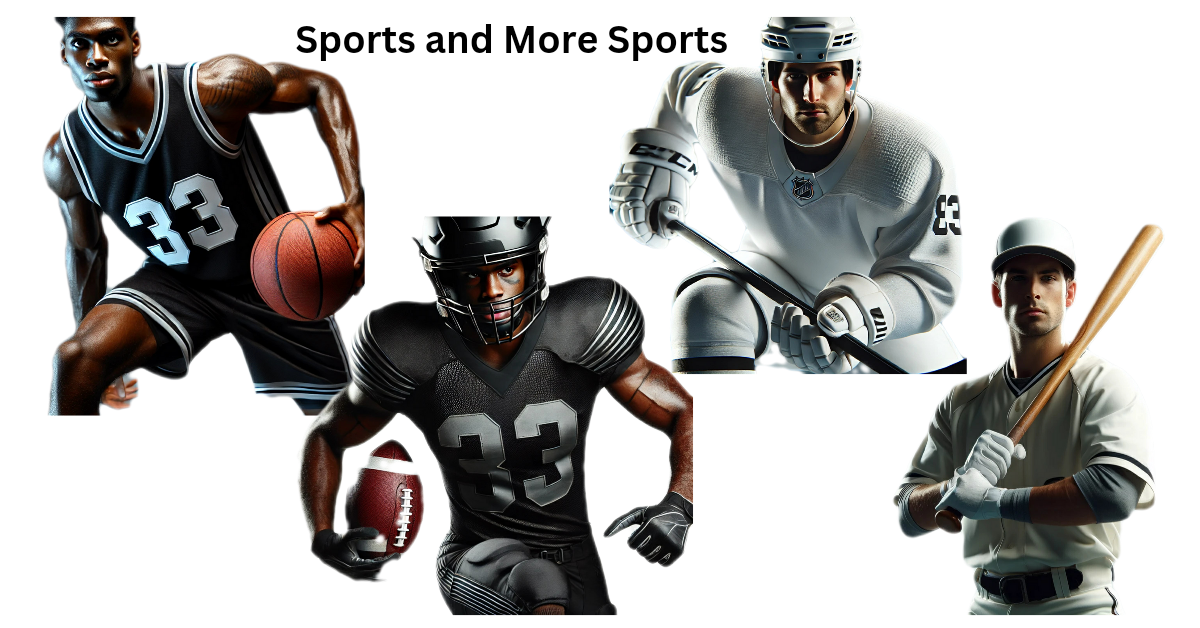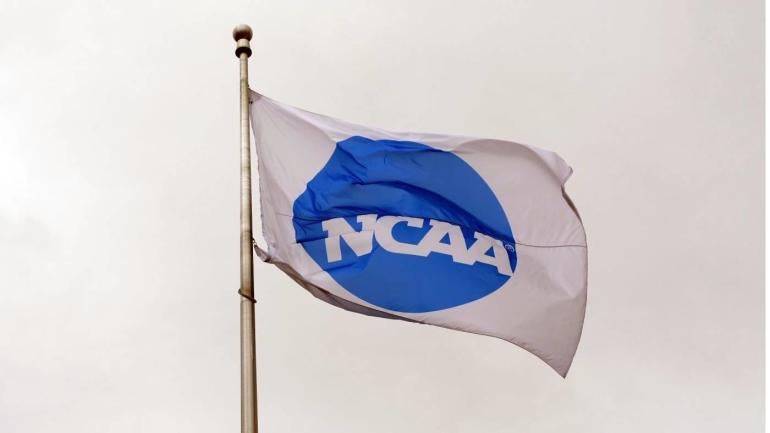
The House vs. NCAA case qualifies as one of the most significant legal milestones in sports history (not just college sports). There were similar fights in the NFL and Major League Baseball when their unions were formed, but they had representation. Their goal was to unite.
The House settlement, however, may tear college sports apart.
“This settlement is unworkable,” players’ rights activist Ramogi Huma told CBS Sports. “The schools are beginning to find that out.”
That’s one view. The other is from the NCAA that (may) finally see reduction of litigation that has sapped the organization of much of its meaning.
The result of House establishes a compensation model outside of the NCAA. It will be overseen by Judge Claudia Wilken, global auditing giant Deloitte and the Power Four commissioners. They will hire a CEO and a board to police the House elements that essentially continue to cap compensation for athletes.
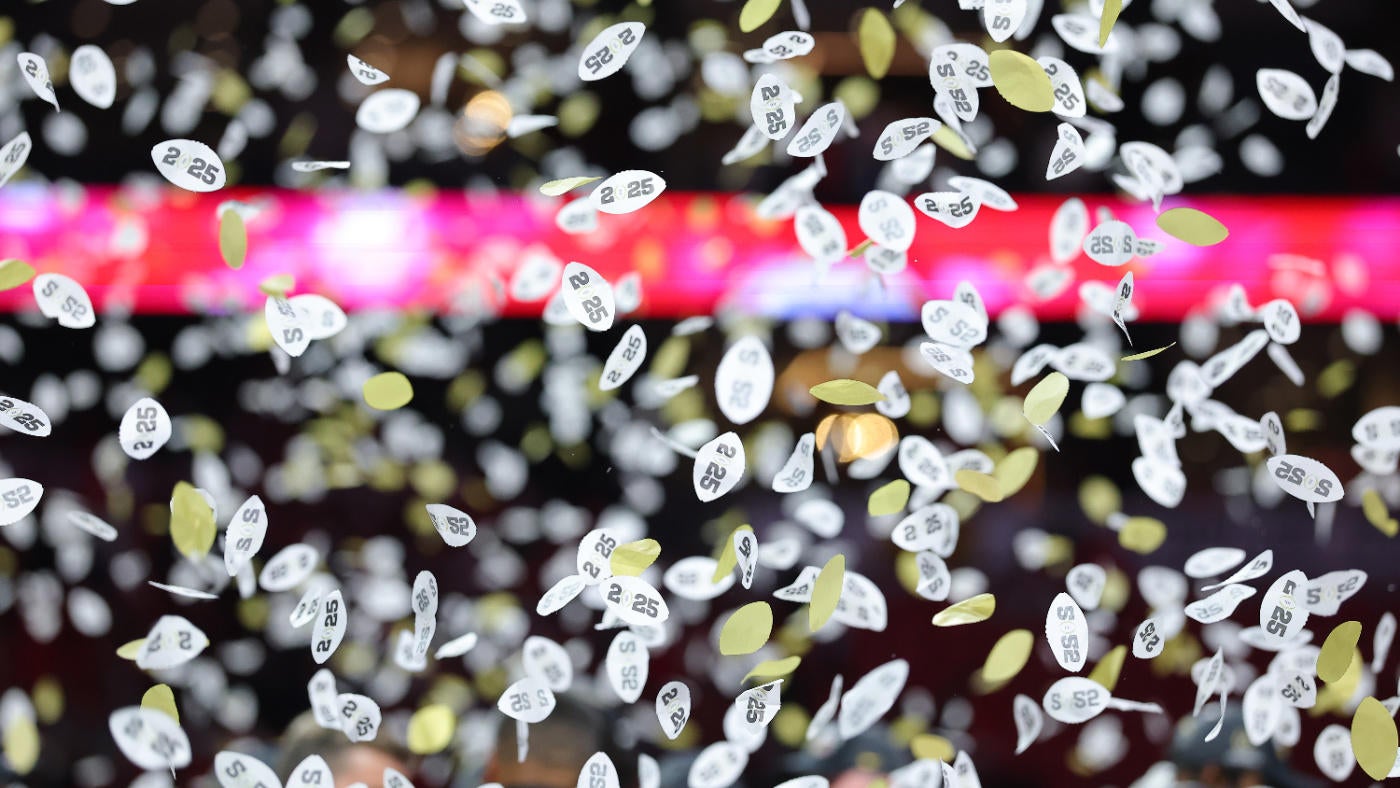
At the heart of this discussion is that cap — about $20.5 million annually. It is optional for schools to establish a revenue-sharing fund to be divided between all sports. However, a handful of states, Colorado and Nebraska among them, have passed laws allowing schools to pay athletes an uncapped amount. That sets up a potential showdown with the NCAA, which is never a good thing for the governing association overseeing college athletics.
It’s also how House could fall apart, because if one thing is certain, there will be more lawsuits following Monday’s hearing. A template for player compensation was established in 2019 when California Sen. Nancy Skinner pushed through the nation’s first NIL law that allowed players to profit from their name, image and likeness. It also prohibited the NCAA from penalizing state schools that entered into NIL deals with athletes. Then-NCAA president Mark Emmert threatened schools that paid players with expulsion from NCAA championships.
The California bill didn’t go into effect until Jan. 1, 2023, but by then much of the damage had been done. In the interim, other states followed California passing similar laws and creating momentum for what we see today. Along with the courts, they basically forced the NCAA to cede authority.
The crippling Alston decision by the Supreme Court in June 2021 preceded the NCAA allowing NIL benefits a few days later. The nation’s highest court in Alston said it out loud in its historic 9-0 decision against college athletics’ Big Brother: “The NCAA is not above the law.”
By that time, House was a year old.
NCAA president Charlie Baker sees House as at least a temporary solution to a huge problem: compensating athletes while still keeping at least a thin thread attached to educational model.
“Most of the entities that are involved in the NIL, their primary interest is athletics. They don’t really care very much about academics,” Baker told NPR last week. “Ninety-nine percent of those student-athletes are not going to play professionally, and it’s going to be really important that their academic opportunities are pursued. And I think putting the infrastructure in place that’s associated with the settlement, that’s a big win for student athletes.”
The NCAA and Power Four continue to seek an anti-trust and state law (see above) exemption. So far, those efforts have been fruitless. Guess, then, where college athletics could eventually end up after Monday?
Yep — back in the Supreme Court. And we already know how those justices feel about the subject.
It’s called the House v. NCAA settlement. It’s beginning to look like an unraveling. Here is a breakdown of the settlement and what it means ahead of Monday’s hearing.
House v. NCAA settlement elements
- All NIL deals more than $600 will be vetted, which leads to another question: Exactly how many deals are under $600?
- All deals must be in line with fair market value. (Another question: In an NIL market that is 3 ½ years old — and includes free trucks for Utah players and free tuition for BYU walk-ons — what is fair?)
- Schools cannot surpass the $20.5 million revenue sharing threshold.
If schools surpass that threshold — and they will, given history — the oversight body established by the commissioners is expected to investigate. If you’re thinking that sounds a lot like the old NCAA enforcement process, you’re not wrong.
As of now, it is still not clear who those investigators are going to be, what kind of authority they will be given and what meaningful penalties will look like.
The players weren’t at the table for discussion of any of the settlement points. That despite, the settlement money going to a class of former football and men’s and women’s basketball players.
“After 10 years of litigation we are at a place where despite the billions of dollars in payment, there will actually be more restrictions than there are now,” Huma concluded.
What is House v. NCAA?
The class-action anti-trust lawsuit was filed in 2020 by Arizona State swimmer Grant House and women’s college basketball player Sedona Prince seeking an injunction against the NCAA and Power Five conferences. It sought to lift restrictions on revenue sharing of media rights revenues.
Powerful anti-trust attorneys Steve Berman and Jeffrey Kessler represented the plaintiffs.
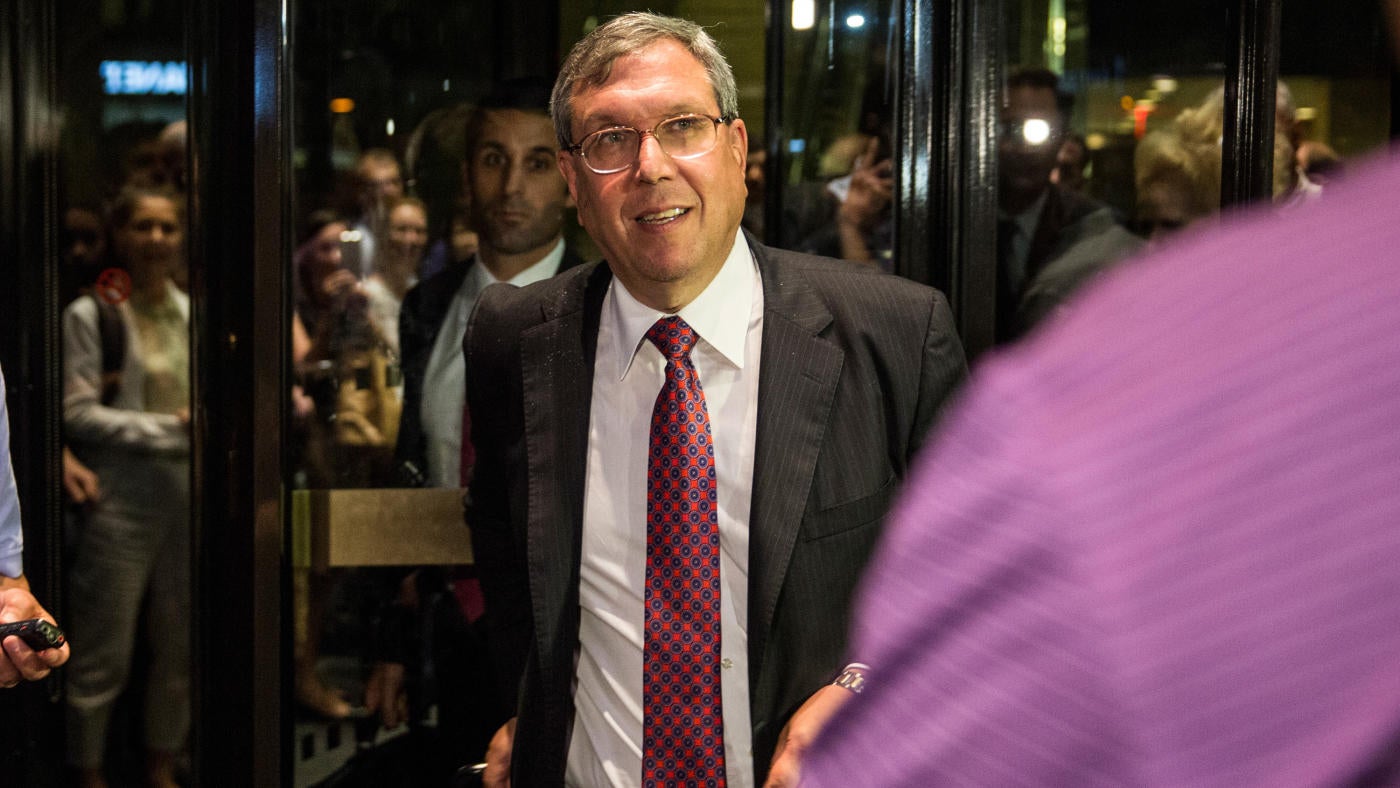
Why are we here?
Since at least 2009, when Ed O’Bannon filed suit against the NCAA seeking NIL rights after his image appeared on a video game, there had been momentum for athletes to be fairly compensated for their labors. NCAA rules limited benefits to a scholarship, room, board, books and tuition.
In case after case brought against the NCAA, it was demonstrated that athletes were being used as employees — i.e. working specific and unregulated hours at practice or being compelled to “voluntarily” watch film at the risk of losing playing time or a scholarship. It had long ago become clear that the education the NCAA stressed was the reason they are in school had become secondary to athletics.
Compounding that employee-employer evidence have been multiple health issues, including 30 deaths in the sport of football alone since 2000. In one dark chapter, the NCAA in a document after a Division III player died of head trauma claimed it “did not have a legal duty to protect student-athletes.”
Some athletes’ advocacy groups contend players could collectively bargain their rights without becoming outright employees. Some argue that it doesn’t matter if they do become employees and unionize. In January, Dartmouth men’s basketball withdrew a request to unionize citing the incoming Republican administration. In 2014, Northwestern football players cast a secret vote to unionize. The next year, the NLRB determined it would not support the players’ unionization effort. The votes were never revealed.
NCAA types contend collective bargaining would further erode what’s left the collegiate model.
How did House v. NCAA evolve?
The NCAA took a hit in the case in November 2023 when Judge Wilken granted class certification in House, making the case more of a zero-sum game for the NCAA. Seven months later, the NCAA settled. It agreed to pay $2.75 billion in back-pay damages to Division I athletes from 2016 to 2024. That’s one of the biggest sports settlements in history.
Going forward, schools were also allowed to “opt in” to an average annual $20.5 million revenue-sharing piece that would be paid out over 10 years. That number will increase by 4% annually. That revenue sharing piece will be worth more than $30 million in 10 years.
In general, schools are dividing the figure in this manner: 75% to football, 15% to men’s basketball, 5% to women’s basketball and the remaining 5% to all the other sports.
To lessen the chance of more litigation, the settlement contains roster caps for each sport. In football, that means teams can have an entire roster of only 105. Schools such as Nebraska had rosters of 140. Roster caps will all but eliminate the long-time tradition of walks-ons.
All scholarships are now “equivalency” awards, which means schools can award partial scholarships in all sports. That, theoretically, saves money; however, some would also argue it reduces opportunity. (Previously, only five sports awarded full “head count” scholarships: football, men’s and women’s basketball, volleyball, women’s tennis and women’s gymnastics.)
What happens on Monday?
Wilken will hear objections on Monday, ironically the same during which the Division I men’s basketball national championship game will take place. She will then decide whether to grant final approval of the settlement. The general consensus is that Wilken will grant the approval, but the process could take days, even weeks.
Wilken is familiar with the issues having overseen the O’Bannon case. Pending approval, the settlement will go into effect July 1.
Prominent sports law attorney Mit Winter said “there is a not insignificant chance” Wilken will not approve the settlement. If she doesn’t, the case would go to trial. If the NCAA loses, it would owe triple the damages, a verdict that would effectively bankrupt and end the association.
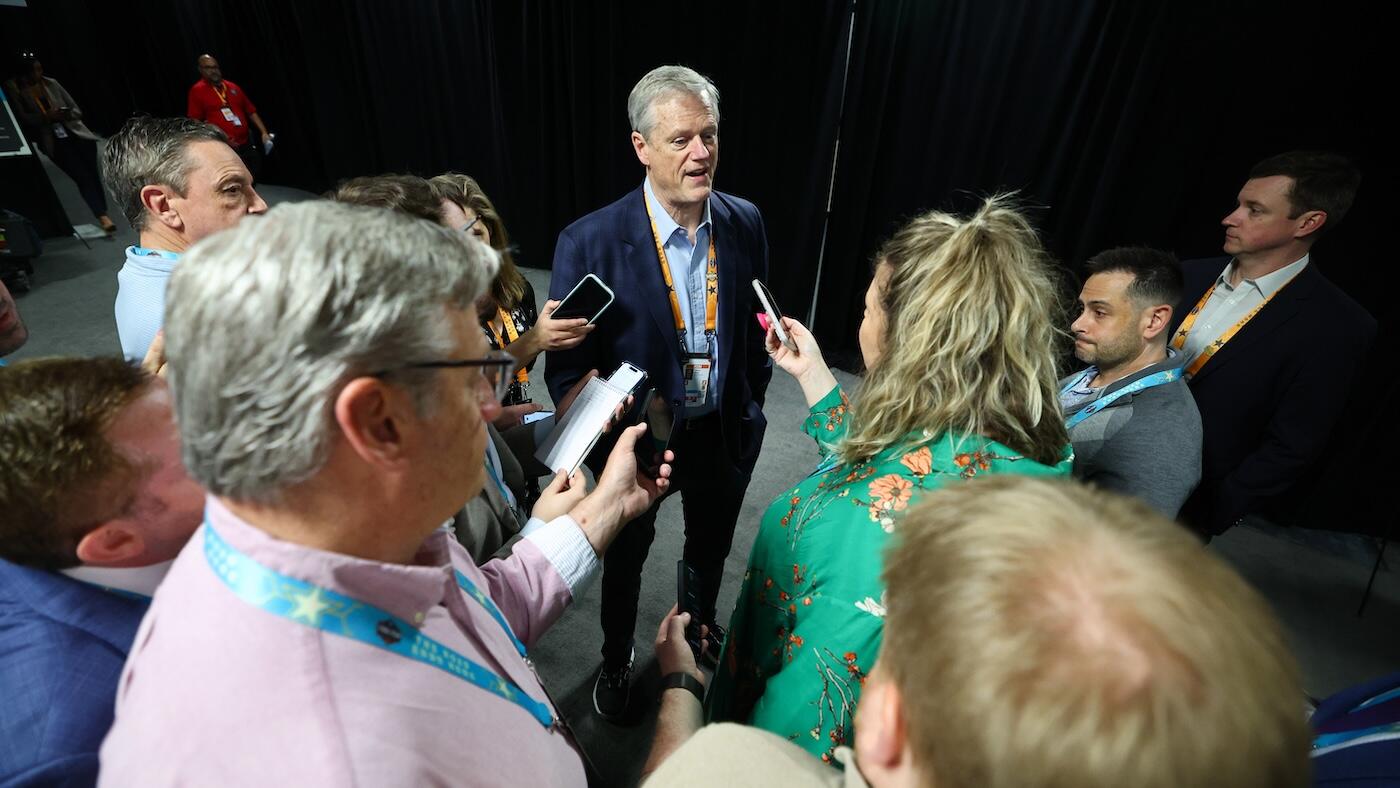
Aftermath from Monday’s House v. NCAA hearing
Lawsuits — lots of them. There is every possibility that the landscape will be even more confusing after the settlement. Multiple sources expect suits regarding gender equity, roster limitations and the revenue share cap. You’re way ahead of things if you recall that’s how we got here 16 years ago with O’Bannon.
It’s just a matter of when the lawyers pounce in these perceived inequities.
The Biden Dept. of Justice expressed concern with the settlement in January. Donald Trump’s DOJ has yet to weigh in.
Wilken has agreed to hear three objectors on Monday: LSU gymnast Livvy Dunne, Utah swimmer Gannon Flynn and high school track athlete Gracelynn Laudermilch. While Wilken has made it clear she cannot make changes to the settlement, she will hear those objections only as they apply to whether the case should go to trial.
This post was originally published on this site be sure to check out more of their content.


